ISM Manufacturing Index dropped to 52.1 in May, down from 52.8 and missed expectation of 53.0. Looking at some details, new orders rose from 51.7 to 52.7, productions dropped from 52.3 to 51.3. Employment rose from 52.4 to 53.7. Prices rose 3.2 to 53.2.
“Respondents expressed concern with the escalation in the U.S.-China trade standoff, but overall sentiment remained predominantly positive. The PMI® continues to reflect slowing expansion,” says Timothy Fiore, Chair of the Institute for Supply Management® (ISM®) Manufacturing Business Survey Committee..
Here are some comments from respondents:
- “Ongoing tariffs [issue is] impacting costs and influencing supplier realignment on country of origin. Border issue is causing delays in imports from Mexico.” (Computer & Electronic Products)
- “The threat of additional tariffs has forced a change in our supply chain strategy; we are shifting business from China to Mexico, which will not increase the number of U.S. jobs.” (Chemical Products)
- “Sales remain strong. Labor remains tight. Tariffs are having a significant impact on cost of goods. No impact on where we buy our goods.” (Food, Beverage & Tobacco Products)
- “The threat of a 15-percent increase on Section 301 tariffs is a concern. Although the potential has been around for months, the recent deadline was not expected. We had calculated and communicated the potential cost impact to our leadership.” (Petroleum & Coal Products)
- “Newly increased tariffs on Chinese imports pose an issue on a number of chemicals and materials that are solely produced in China. We are expecting increases in raw materials starting June 1.” (Plastics & Rubber Products)




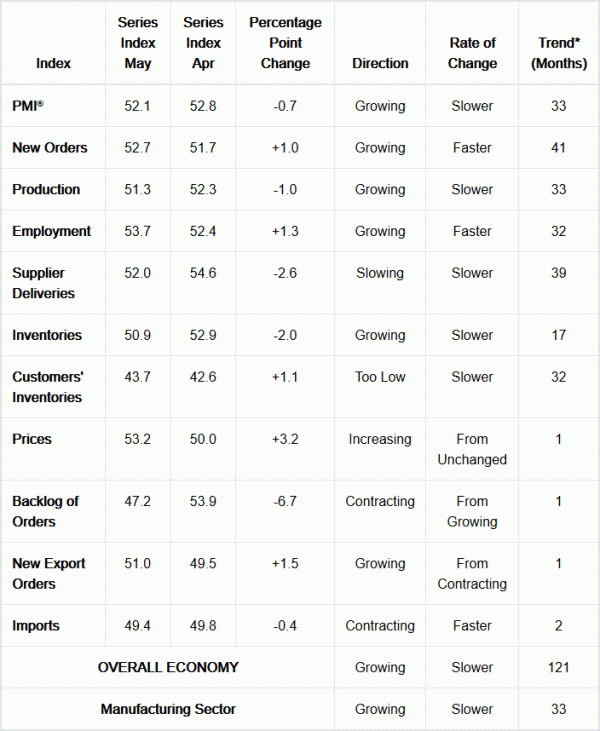
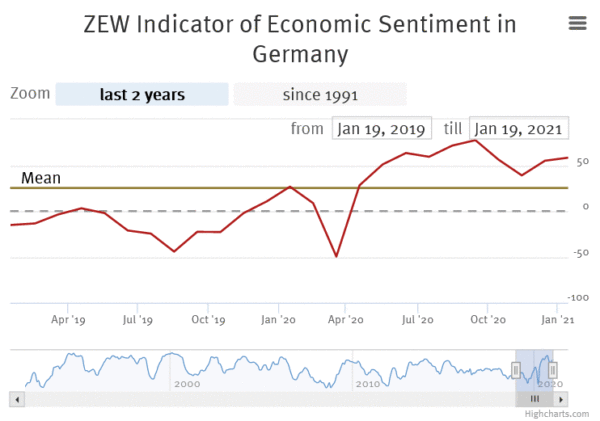
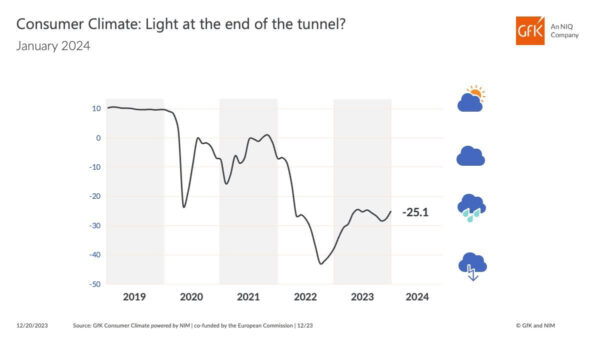
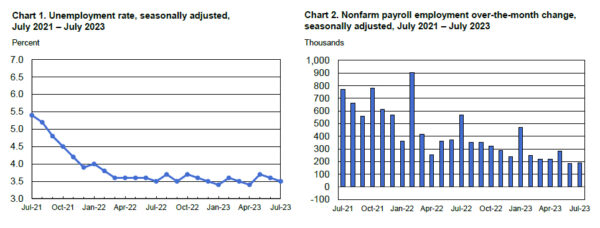
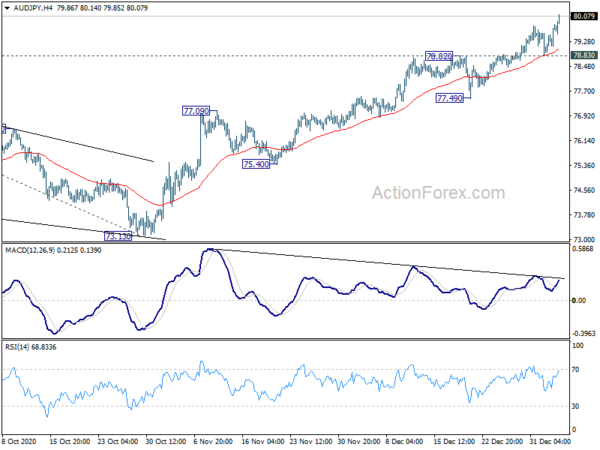
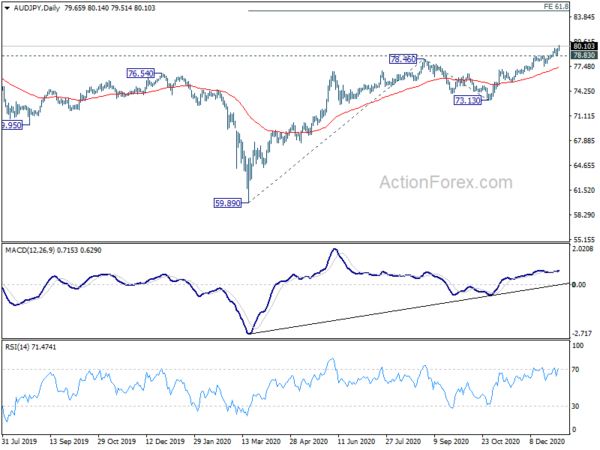
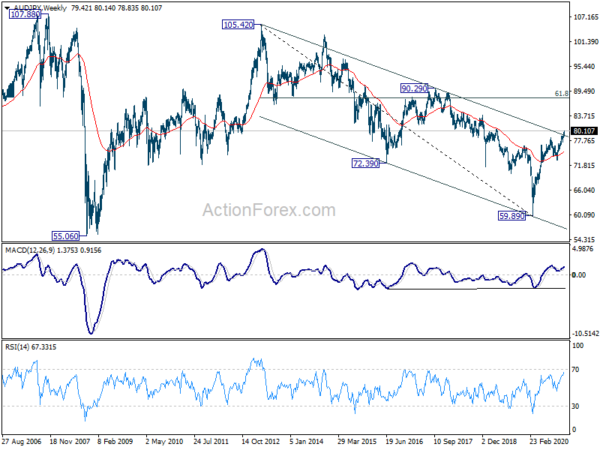
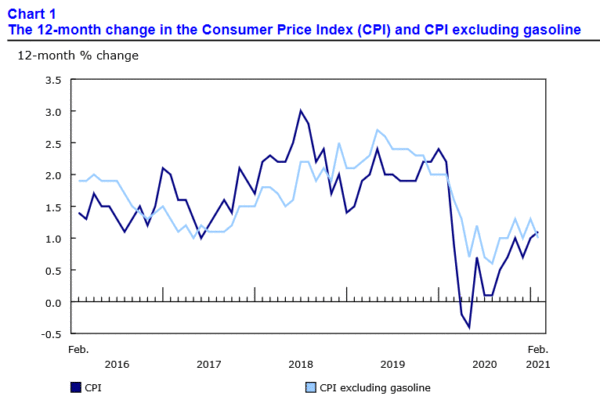
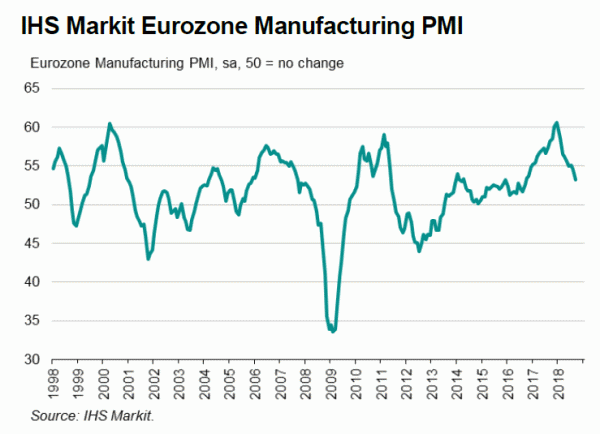
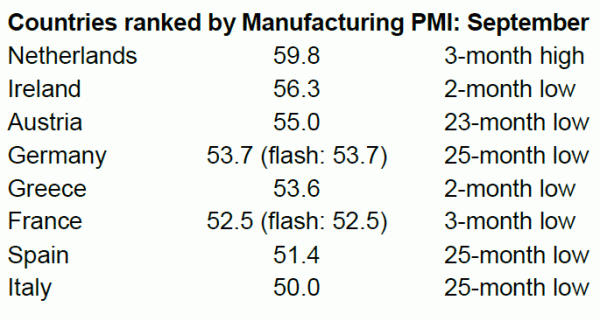


Fed Barkin: Gonna be a lot more inertia, persistence to inflation
Richmond Fed President Thomas Barkin told BloombergTV that today’s US CPI data is “about as expected”.
“Inflation is normalizing but it’s coming down slowly. I just think there’s gonna be a lot more inertia, a lot more persistence to inflation than maybe we’d all want,” he added.